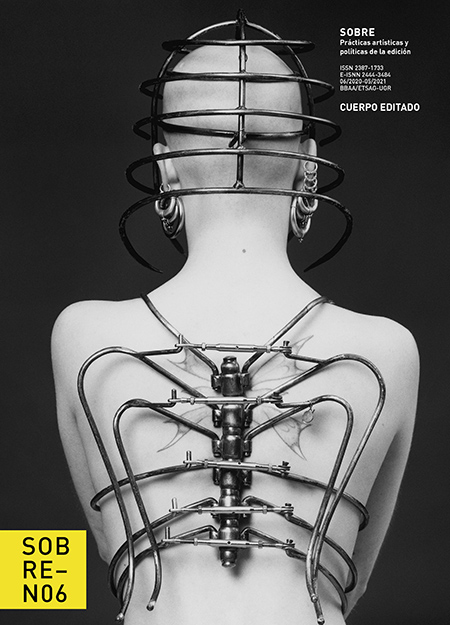Interview with Wim Delvoye
Main Article Content
Abstract
Wim Delvoye is a multidisciplinary artist who lives and works in Ghent (Belgium) and in Brighton (United Kingdom). His artistic projects focus on various issues of contemporary society and subliminal messages existing in advertising, political and religious discourses. His critical and parodic view of reality opens the debate not only on the eternal discussion about what is art and what is not, but also in relation to who determines this distinction. On this sense the artist is fascinated by crafts and popular culture. Immersed in this current context, the subject constructs an unique identity through editing his own body with tattoos, and assumes a personal anthropological and artistic discourse exhibiting their exclusive marks of differentiation.
In the mid-1990s Wim Delvoye began tattooing animals and quickly his works of tattooed dead chickens and living pigs crossed that tiny line between ethics and aesthetics. At the same time, they propose other ways of distribution, commercialization and exhibition, some because of being perishable and others for being live animals.
A little more than a decade later, the artist started the Art Farm Project in Beijing in which he continued using tattoos on pigs’ skin. In 2006 Delvoye began one of his most controversial works tattooing the Tim Steiner’s back. An anonymous person that from being tattooed by the artist became simultaneously an edited body and an artistic object (Art Farm-Tim, 2008).
Through this interview, SOBRE N06 proposes to display all aspects that concern these projects and the particular circumstances regarding to their sale and exhibition.



